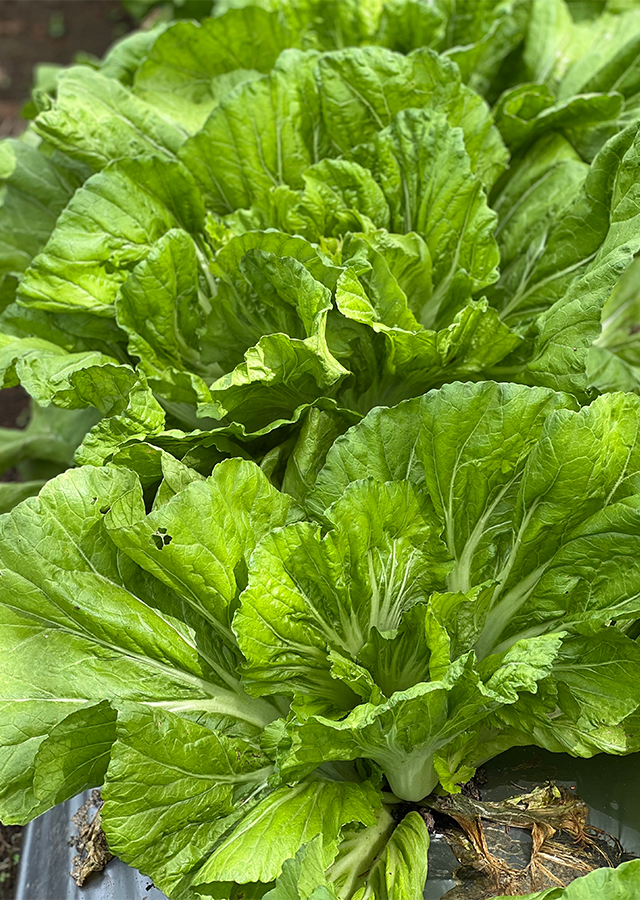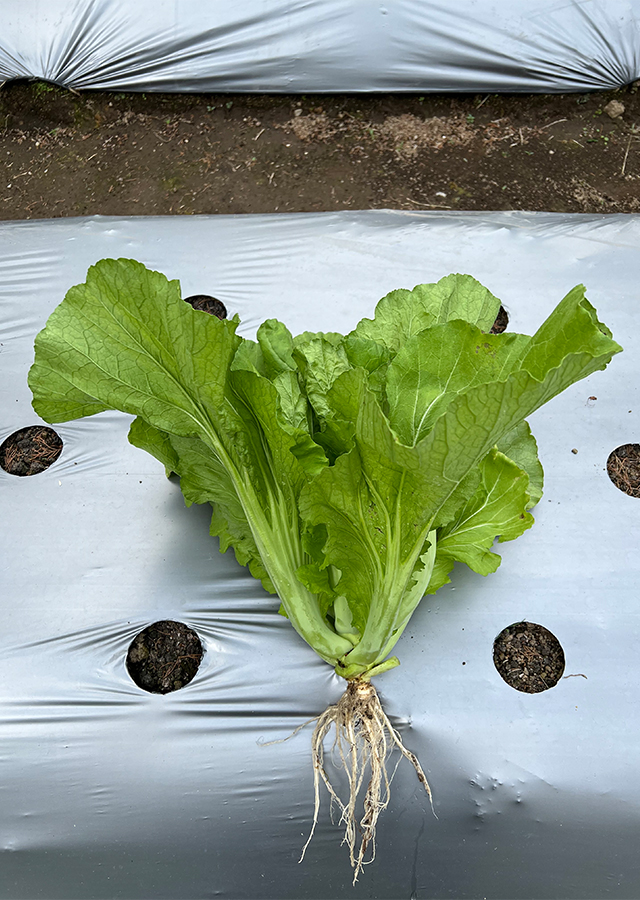Traditional Herbs from Brassica juncea
relieve_headache
- Prepare\u00a0fresh bitter mustard leaves to taste.
- Wash thoroughly with running water.
- Crush until it becomes a paste.
- Apply the paste on the forehead to relieve headaches.
rheumatism" :["Take enough fresh bitter mustard leaves.
What is Brassica juncea Looks like??



Parts of Brassica juncea that could be used
- Leaves", "Seeds", "Roots", "Stems", "All Parts of the Plant
Brassica juncea Distribution
Bitter mustard greens likely originated in Central Asia and were introduced to East and South Asia. Brassica juncea cultivars can be divided into four main subgroups: integrifolia, juncea, napiformis, and tsatsai. Bitter mustard belongs to the integrifolia group large-petiole mustard subgroup and the specific Latin name is Brassica juncea integrifolia strumata - M.Tsen & S.H.Lee. This mustard greens have a bitter or spicy taste. Bitter mustard greens are usually used as a vegetable, both processed into several dishes and as fresh vegetables. The seeds are usually added to mustard and salads. In addition to its edible uses, this plant also has various medicinal uses, as a green manure and can be used to remove heavy metals from the soil.Agroecology of Brassica juncea
Bitter mustard can grow in tropical lowlands as well as in much cooler conditions. This plant is reported to be able to tolerate a temperature range of 6 - 37 °C and annual rainfall of 500 - 4,000 mm. Succeeds in full sun in most fertile, moisture-retaining soil that is well-drained. Prefers heavy soil and some shade. Doesn't like very hot weather. The plant tolerates heavy rainfall and although it has fairly deep roots, it is not very drought tolerant. Tolerates pH in the range of 4.3 to 8.3.
Morphology of Brassica juncea
- The tap root (radix primaria) and root branches which are elliptical (cylindrical) spread in all directions to a depth of between 30-50 cm.
- The stem is very short and segmented so it is almost invisible.
- The leaves have a winged structure and long stems that are flat. Bitter mustard leaves are generally whitish to dark green in color.
- Flowers are arranged in flower stalks (inflorescentia) that grow long (tall) and There are many branches. Each mustard flower consists of four calyx leaves, four bright yellow petals, four stamens and one two-holed pistil. "Seeds are round and generally very small Bitter mustard greens are black in color, dozens of seeds are formed in one flower.
Cultivation of Brassica juncea
Propagation uses seeds. Seeds are sown directly on the spot. Germination takes place within 5 days at a temperature of 20 - 25 °C.
Brassica juncea, more details :
Chemical Content of Brassica junceaEssential oils, ß-sitosterol and essential fatty acids (linoleic acid and a-linoleic acid), trilinolenin, lutein, and ß-carotene, alkaloids, flavonoids, tannins, saponins, terpenoids, phenolic compounds, benzenepropanoic acid, 3,5-bis (11,1-dimethyl ethyl)- 4-hhydroxy-, methyl ester, n-eicosane, n-pentacosane, and n-tetratetracontane.
Benefits of Brassica juncea
As a warming stimulant with antibiotic effects, as anodyne, aperitif, diuretic, emetic, rubefacient, medicine for arthritis, leg pain, lumbago, rheumatism, tumors, abscesses, colds, stomach disorders, as a galactagogue, medicine for skin eruptions and boils, sedative and tonic, as a counterirritant, anti-syphilis emmenagogue, relieves headaches, treats inflammation or bleeding.
Simplisia of Brassica juncea
- Prepare enough bitter mustard seeds, wash thoroughly with running water then drain.
- Dry in the sun or in an oven at\u00a040\u00b0C until the water content\u00a010%.
- Choose using a blender until it becomes powder." ,"Store in a clean and airtight place.
Another Facts for Brassica juncea :
Synonym of Brassica junceaBrassica juncea subsp. tsatsai (Z.M.Mao) Gladis, Brassica integrifolia (H.West) Rupr., Brassica juncea var. japonica (Thunb.) L.H.Bailey
Habitus of Brassica juncea
Herb. Herbaceous annual, up to 50 cm high
Habitat of Brassica juncea
- Mainland
No comments:
Post a Comment